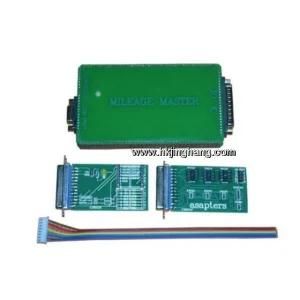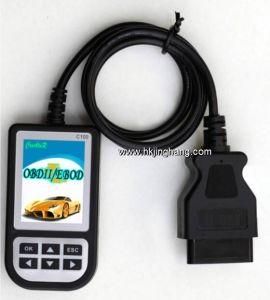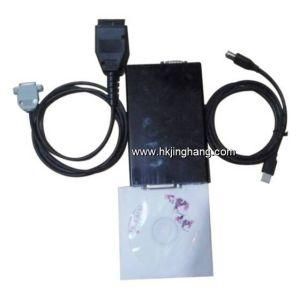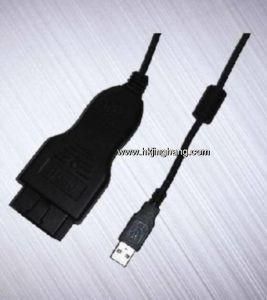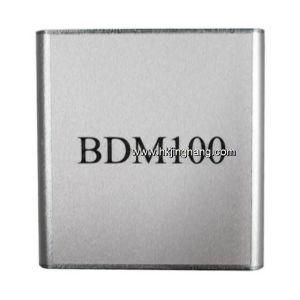Intravascular Guidewire for Establishing Access
Guangzhou Chenyang Package Materials Co, Ltd. / 2022-06-23
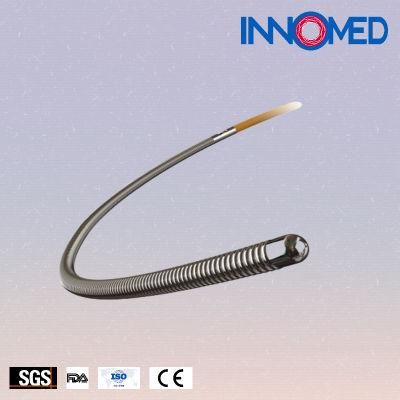
- Type:Surgical Supplies Materials
- Material:Nickeltitanium Wire Core
- Ethylene Oxide Sterilization:Ethylene Oxide Sterilization
- Quality Guarantee Period:Three Years
- Group:Adult
- Logo Printing:With Logo Printing
=== Base Info ===
- Model NO.:Inno-taviwire
- Minimum Unit of Measurement:1 Set,Bag
- Transport Package:Cardboard Box
- Specification:TW-35-EXS-S01
- Trademark:Innomed
- Origin:Suzhou China
- HS Code:9018909919
- Production Capacity:50000,Y
=== Description ===
155mm
Contraindications
Allergy to polytetrafluoroethylene (PTFE), 304 stainless steel, gold.
Not suitable for use in neurovascular vessels.
Product performance composition and structure
This product is mainly composed of core wire, outer winding wire, inner winding wire, PTFE coating. The core wire and outer winding wire are 304V stainless steel, and the inner winding wire is gold (Au). The product is sterilized by ethylene oxide and used once. Product shelf life of 3 years.
Scope of application
The product is suitable for guiding the insertion of other instruments into blood vessels, establishing percutaneous access to intravascular instruments, or for intravascular positioning, or establishing intravascular access. The product is not intended for use in coronary and neurovascular interventions for diagnostic or therapeutic procedures.
Instructions for use
1. Remove the protective coil with the guidewire from the package together. Do not use if the package is found to be opened or broken.
2. Attach a syringe containing heparinized saline to the luer seat of the guidewire protection coil and inject it into the protective coil of the guidewire so that it fills the protective coil to moisten the guidewire.
3. Remove the guidewire from the coil by pushing the exposed distal end of the guidewire until the proximal end of the guidewire is removed from the protective coil. When removing the guide wire from the coil, avoid gripping the head end of the guide wire to prevent damage to the wire. If the guidewire cannot be easily removed from the protective coil, re-inject an appropriate amount of heparinized saline into the protective coil and retry.
4. Once the guidewire has been removed, do not reinsert it into the coil or reuse it.
5. Before use, inject heparinized saline into the catheter used to ensure that the guidewire can move smoothly through the catheter.
6. Carefully insert the distal cephalic end of the guidewire.
7. Advance the guidewire to the target site while keeping the catheter position fixed under x-ray fluoroscopy.
Note: Observe the movement of the guidewire within the vessel under X-ray fluoroscopy. Advance the guidewire only if the tip of the guidewire is visible under X-ray. During the operation, if resistance is felt or obstruction is detected by X-ray fluoroscopy, determine the cause and take appropriate measures to eliminate the resistance and avoid the risk of vascular perforation by carefully and slowly advancing or retracting the guidewire.
8. After positioning the guidewire safely, the treatment instrument is advanced to the target site.
9. The guidewire is withdrawn under the protection of the catheter.
Storage and transportation conditions
Store the product at room temperature, in a clean, well-ventilated environment without corrosive gases, avoid direct sunlight, and avoid storage in abnormal temperature and high humidity.
Product Line
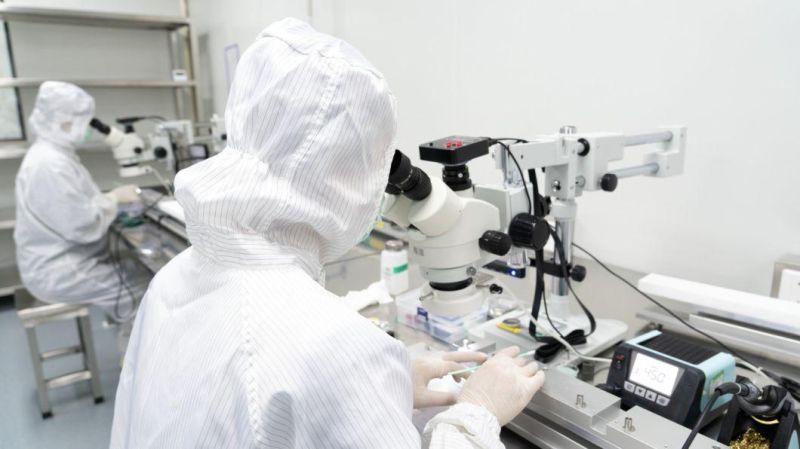
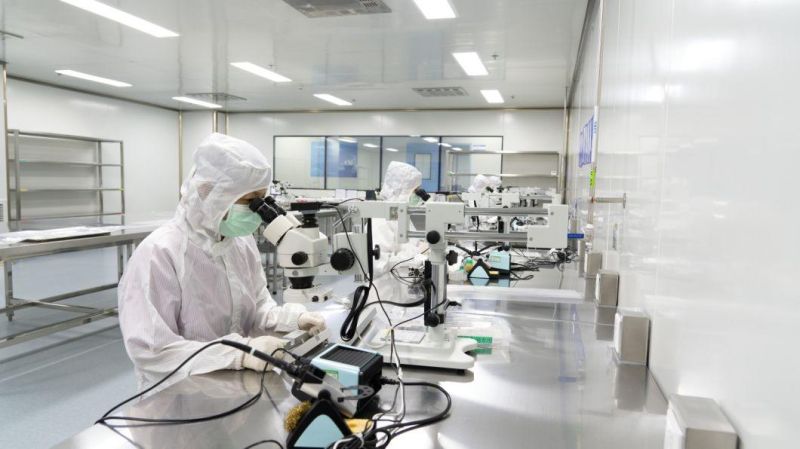
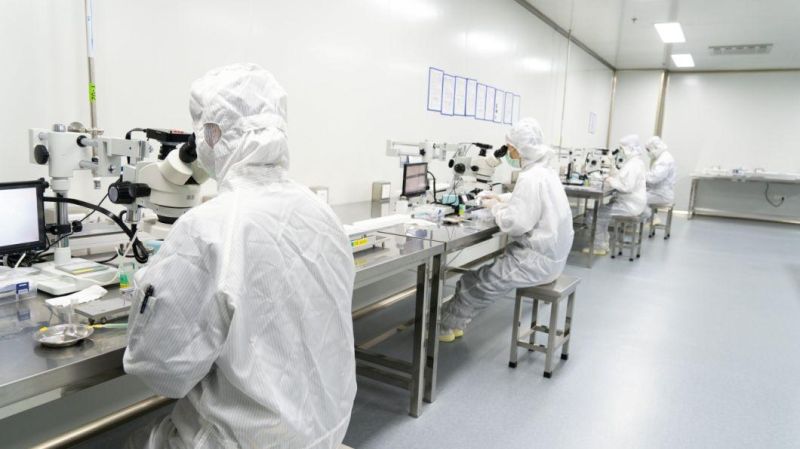
Certificate
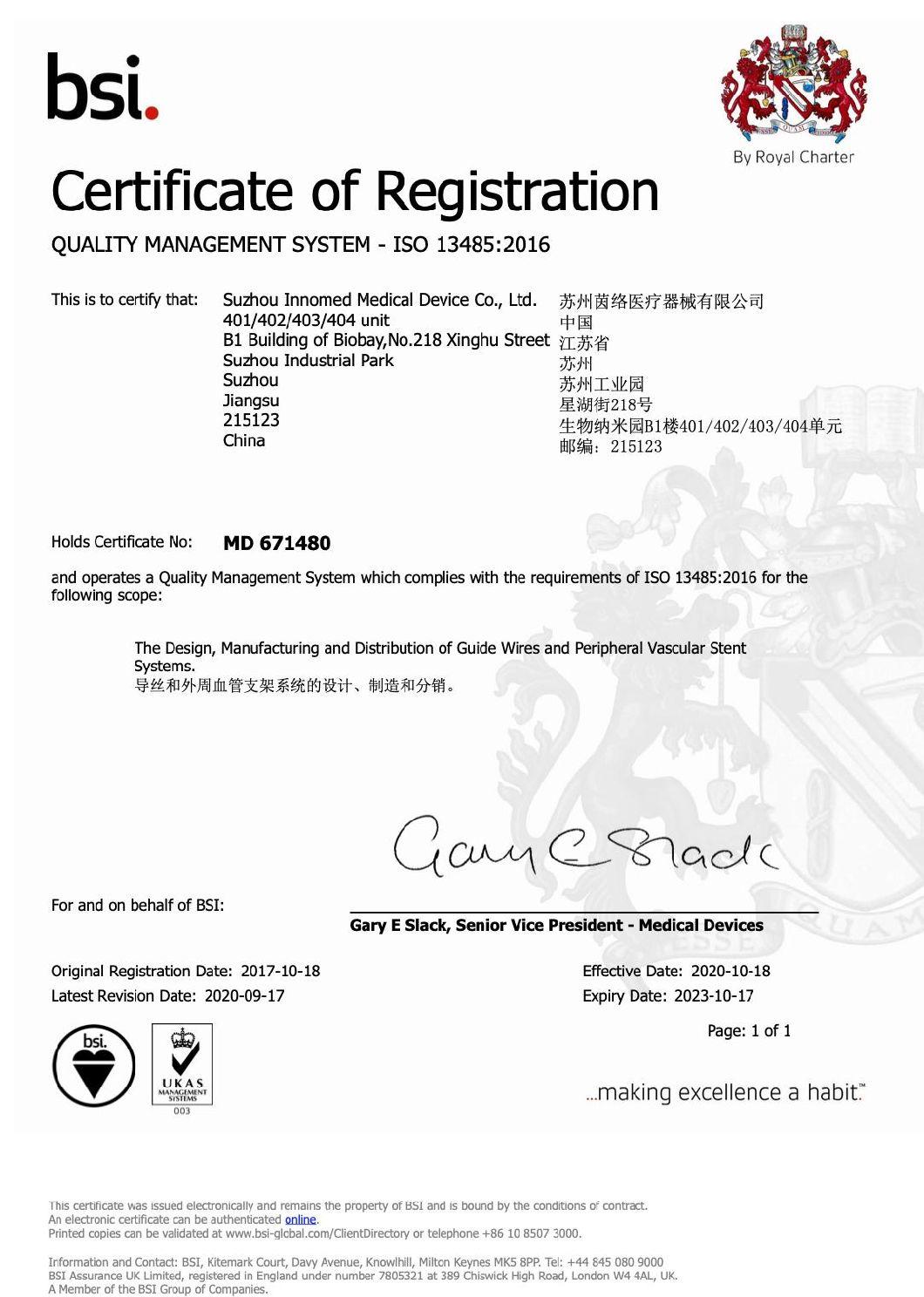
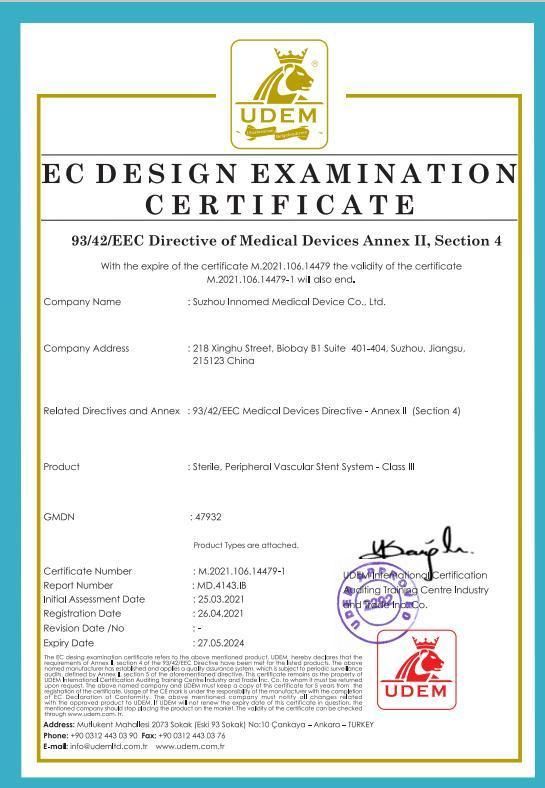
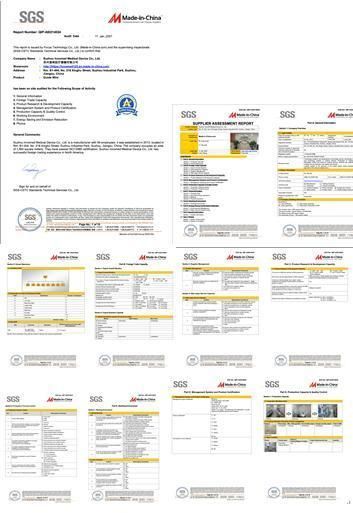
New product
Hot product
- Gm Candi Interface
2022-06-23
- Scan Dash V2.0 for BMW
2022-06-23
- K+Can Commander 2.0
2022-06-23
- Mut-3 Professional Diagnostic Tool Mut3
2022-06-23
- CKM-100 Key Programmer for Benz/BMW
2022-06-23
- Fuel Injector Tester & Cleaner (MST-N6A)
2022-06-23
- Mst 9000+ Plus ECU Simulator
2022-06-23
- OBD Ii Code Reader Mst-300, OBD2 Code Scanner
2022-06-23
- Digital Battery Analyzer (SC-100)
2022-06-23
- VAS5052A PC VERSION with VAS5054A Wireless Bluetooth Communicate
2022-06-23

